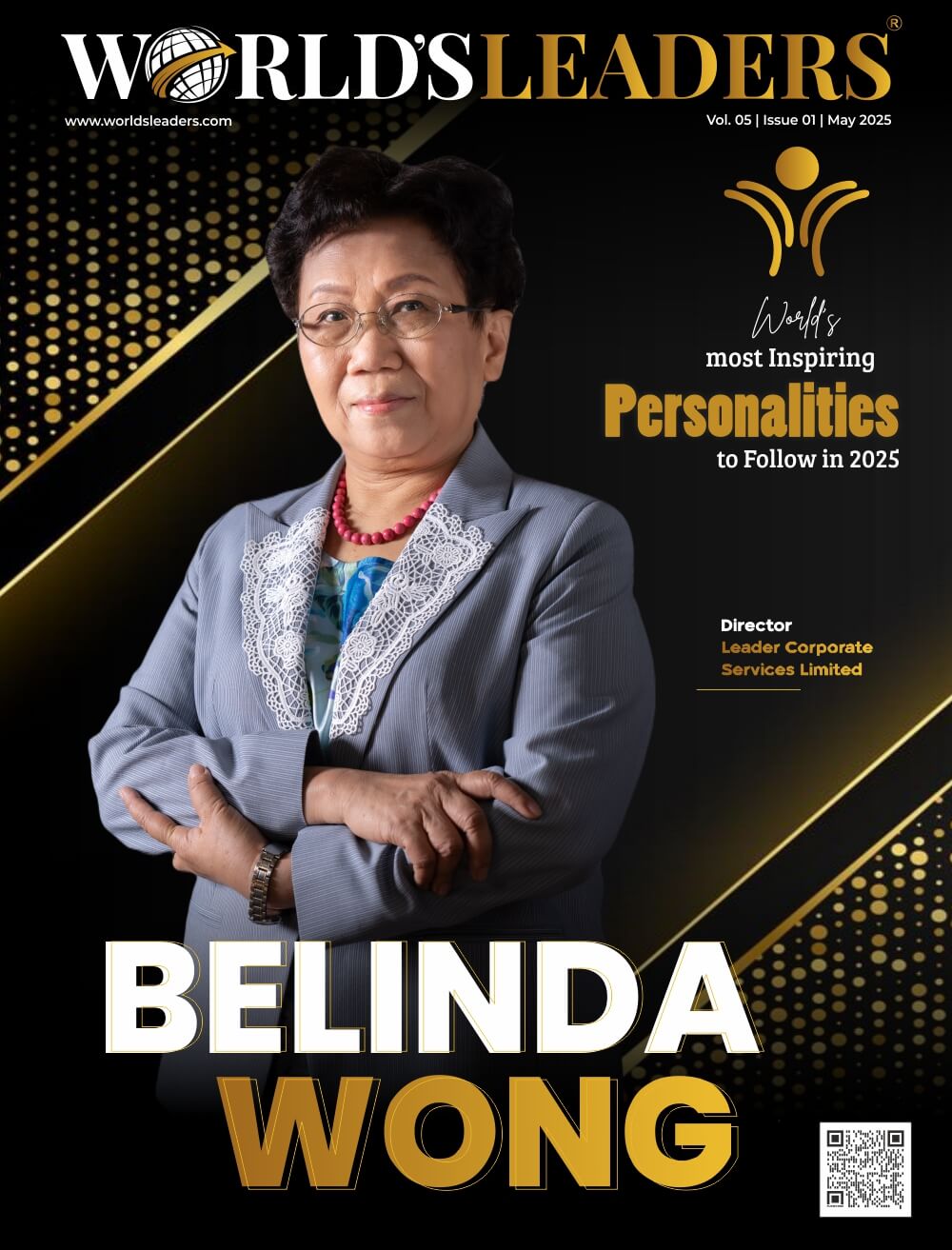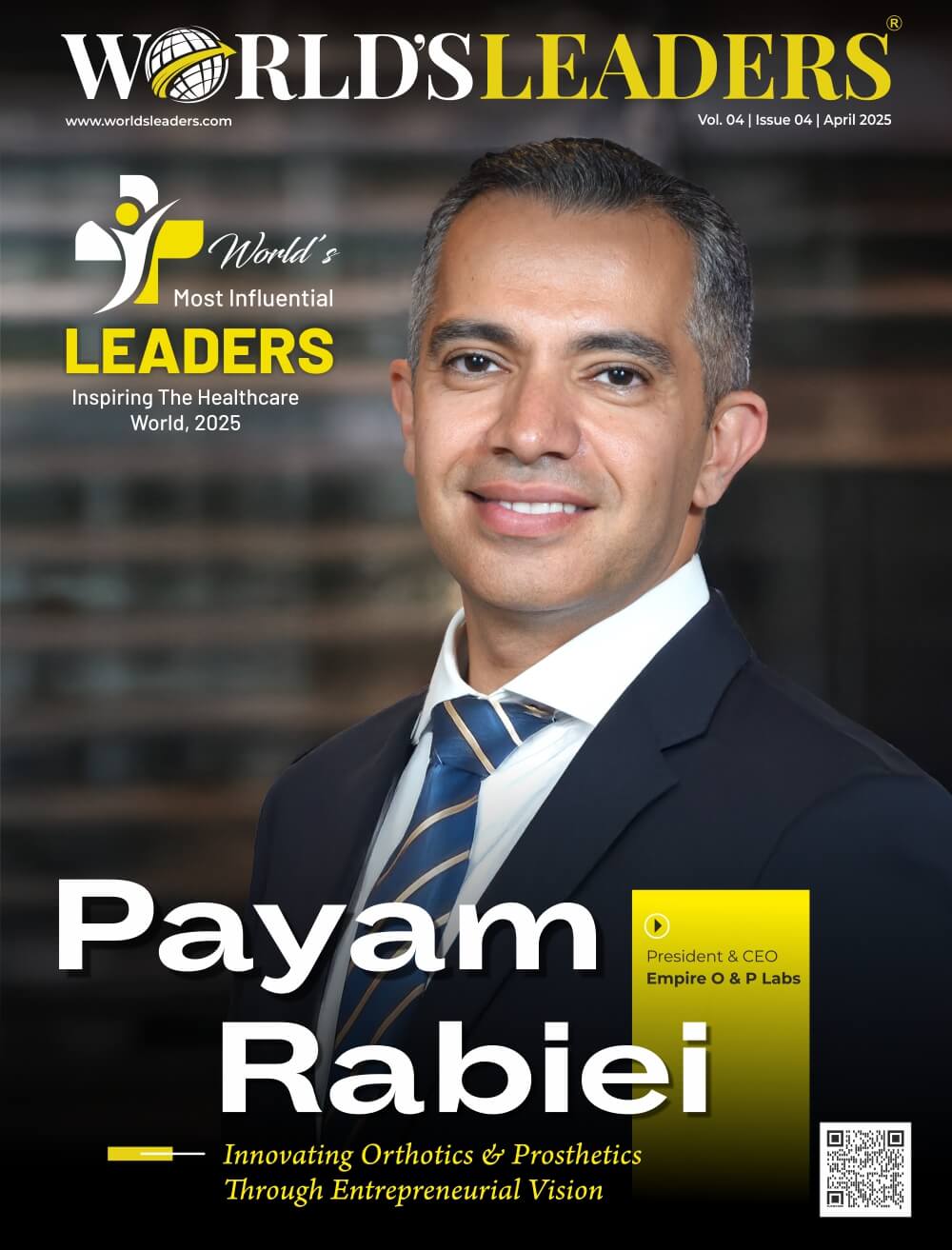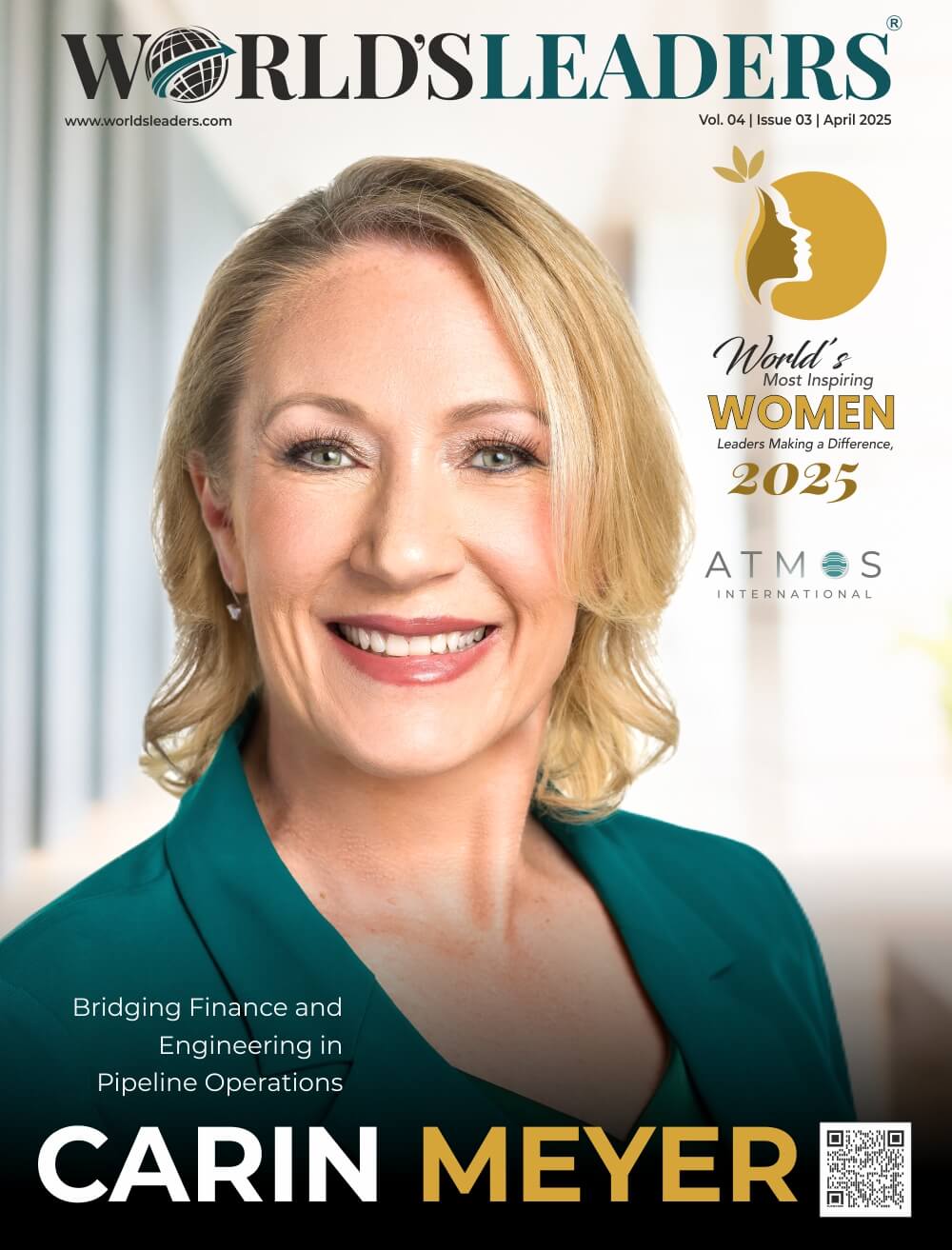The global health crisis and the attendant economic disruptions have unleashed change at such a rapid and massive scale that even the most daring and progressive CEOs are questioning their assumptions. According to our observations, there are at least two linked areas ripe for innovation: goal framing and the operational model.
CEOs are realising that the constraints to boldness and speed are less about technological limitations and more about mindsets toward what is achievable, what individuals are willing to accomplish, the degree to which implicit or explicit policies that slow things down may be questioned, and bureaucratic lines of command.
Recognizing this, CEOs are rightfully celebrating the immensity of what their firms have accomplished while pondering how to extend even further. According to Michael Fisher, CEO of CCMHC, telehealth will account for up to 50% of visits in specific ambulatory settings and maybe 30% of visits overall in the future. Prior to COVID-19, fewer than 1% of visits were telehealth. “I keep pushing myself and our team to think about how we can utilize this inflection moment to reimagine our potential together, rather than allowing our organization to just go back to the comfort of ‘Let’s continue what we’re doing,” Fisher says.
Our colleagues in McKinsey’s Strategy and Corporate Finance Practice have long demonstrated that CEOs making bold moves are critical to achieving outstanding performance, which is difficult to achieve—only one in every twelve companies moves from an average performer to a top-quintile performer over a ten-year period. Making one or two bold steps more than doubles the chance of making such a change; making three or more increases the likelihood by six times. Our study has also revealed that CEOs hired outside tend to move with greater boldness and speed than those employed within a company, owing to societal restrictions that limit internally promoted CEOs.
As a result, we frequently encourage CEOs promoted from inside to ask themselves the famous question that drove Andy Grove and Gordon Moore to focus Intel on microprocessors: “What would an outsider do?” Given the pandemic’s performance, we would now recommend CEOs to ask themselves and their teams a follow-up question: “What would your COVID-19 answer be?” The ability of these frames of reference to reinvent the possibility and recalibrate what is feasible is remarkable.





